The reason that the restaurant is called, "Max
and Thelma's," is that Max & Thelma Biegert created what is now the
Grand Canyon Railway.
Railway service returned on Sept. 17,
1989. Max and Thelma agree that the re-inaugural is their favorite
memory. 10,000 people came to the platform to see the train off, and
Governor Rose Mofford was the train's guest of honor. She's actually
responsible for the train robberies taking place today, saying that the
only way she'd participate was if the train was robbed. Her watch,
stolen during the robbery, is on display at the Railway Museum.
--From:
http://www.thetrain.com/news/presskit/legacy.cfm
---------------------
The Riding the Rails to the Rim
October 17, 2008
By 7:30 a.m. on this exciting day, we took
suitcases, containing items that we would not need for two days and a
night, to the lobby for storage (we could have put them in our car, but
storage seemed easier). Next, we took the one suitcase to the
lobby that we wanted them to take on the train to the Grand Canyon
National Park's Maswik Hotel where we would spend the night. We
checked out of our room (since we would be overnighting at the Park),
and walked across the lawn to breakfast at 7:40 a.m.
After our Buffet Breakfast at Max and
Thelma's, we ventured past the Depot to the Western Set where
passengers assembled for a 'shootout' at 8:30 a.m. We
boarded our car at 8:45 a.m. and found our reserved seats in the First
Class car, Cococino, with the help of our car hostess, Katie.
Although it is outdated, saying Xanterra just purchased the Grand
Canyon Railway when in fact they already sold it, pick up a copy of the
Territorial Times. It
has many interesting articles you might want to read on the 65-mile
train ride to the Canyon such as: Daily Passenger Schedule (not
current), What to do and see at the Grand Canyon, Grand Canyon National
Park Map, Fred Harvey--Civilizer of the West, and Common questions
answered.
Williams Depot
Grand Canyon Railway departs each day
from the historic Williams Depot. The depot was built in 1908 by the
Atchison, Topeka and Santa Fe Railroad. Williams DepotThe depot was an
oasis for travelers heading to and from California along the main line
running from Los Angeles to Chicago. The depot was much more than a
place to get tickets. It was home to a Harvey House Hotel, which had 43
rooms. There was also a formal dining room as well as a cafe, bar and a
news room. The depot is the oldest poured-concrete structure in the
state of Arizona. Today, the depot is where passengers of Grand Canyon
Railway pick up their tickets. There is also an expansive gift shop in
the depot full of Grand Canyon Railway and Grand Canyon mementos. Both
the Williams Depot and original Fray Marcos Hotel are listed on the
National Register of Historic Places.
Historic Hospitality
The Williams Depot was one of many Harvey Houses that dotted the lines
of the Santa Fe Railroad. See historic photos of the Williams Depot and
its Harvey House.
It appeared that many people may not have picked up their tickets,
but we found, on our return from the Grand Canyon, you can change or
upgrade your accommodations on the train up until departure.
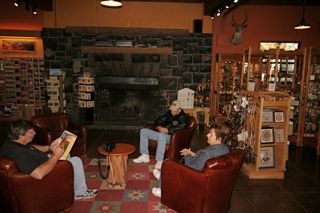
Giftshop in the Depot
|
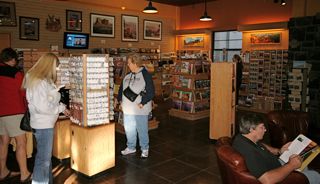
Giftshop in the Depot
|
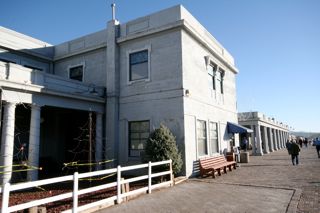
The original Depot included a Harvey House, that the GCR says they plan
to restore.
|
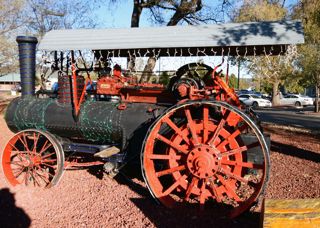
A steam engine
of a different kind on display.
This one used
to power threshers and sawmills in its day.
|
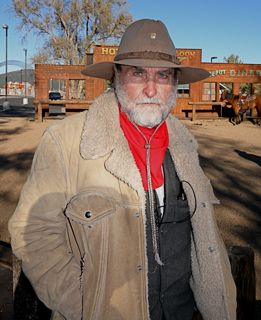
One of the cowboys in the pre-trip show.
|

A one-horsepower cowboy in the show.
|
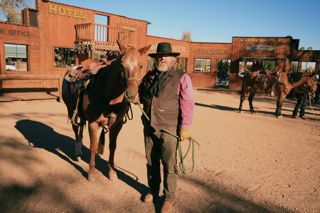 |
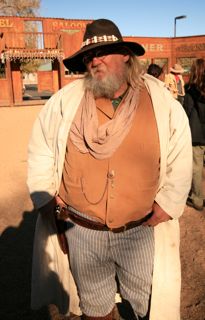 |
While the cowboy show was taking place, the train backed in ready
for the passengers to board at 8:45 for a 9:00 departure.

Our First Class
seats were in the Coconino Dome Car, downstairs. Seats in the
dome cost a bit more. All First Class seat holders enjoy pre-paid
soft drinks, pastries, fresh fruit, coffee, and cash bar. Return
trips from the Canyon include champagne (or sparkling apple juice).
|
 |
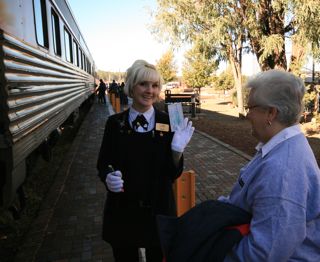
Katie was our
hostess on this 65-mile rail adventure to the Canyon. She surely
earned her tip at the end of the journey.
|

Half of the
First class seats in a Dome car look like this, with restrooms under
the dome on the first level. The four of us had a nice
upholstered set of 4 seats facing each other. The group to our
right tried to move to the dome, but were politely asked to return to
their assigned seats (since dome seating is a little more).
|
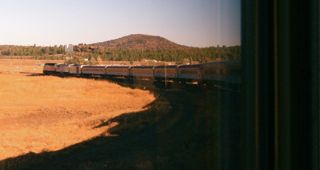
We turned
northbound, away from the current BNSF track.
There are no
open vestibules on the GCR so if you wan the wind in your face, and no
windows in front of your camera, book the Parlour Class with an
open-air rear platform.
|
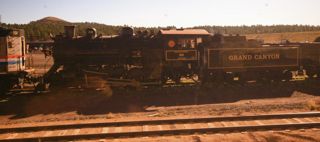
We passed the
GCR Shops on the east side of the track. Katie said these engines
were being restored for use. Hmmm, this conflicts with the fact
that they just announced the end of steam on this route.
|
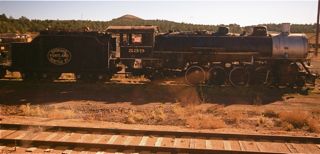 |
The Territorial Times (No. 1,
Volume XXIII) had an article about No. 539 (Left). It
arrived in Mid-April, 2007, on 3 flat cars from Battle Ground,
Washington. Built in 1917 and last ran for 40 years on the
Spokane, Portland and Seattle before becoming a park project in
Vancouver's Ester Short Park. GCR swapped No. 18 and No. 20
(2-8-0s) for the bigger 539 2-8-2. The two swapped locos. will do
service on the Mt. Hood Railway in Washington. No. 539 will be
enhanced to burn ultra-low-sulphur diesel fuel and retrofitted to use
less fuel and water than conventional steam engines.
|
Entertainment soon
began in each car with excellent musicians,
instruments, and authentic costumes.
Without these
entertainers, this would be a long, boring 65-mile ride,
but they kept it enjoyable every mile.
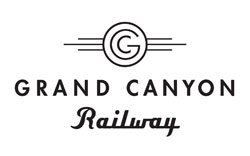
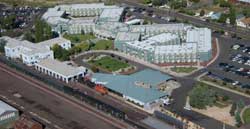


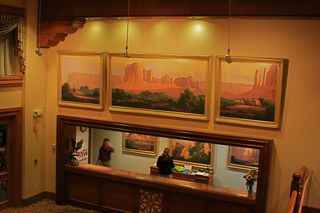
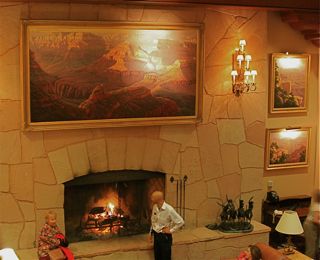
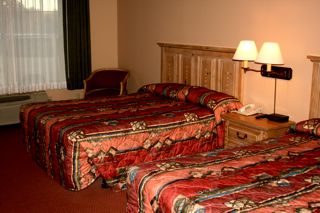
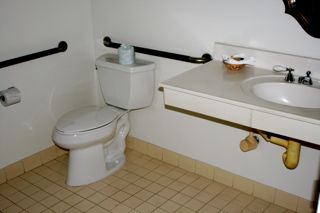
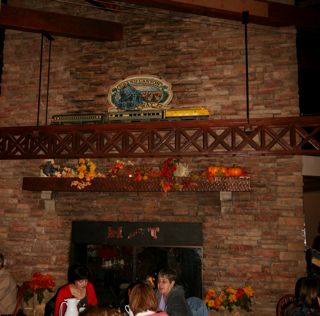

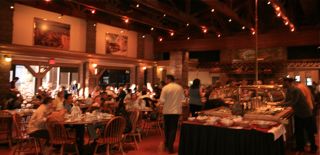





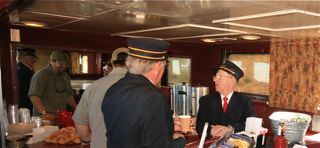
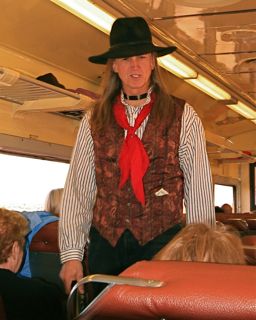
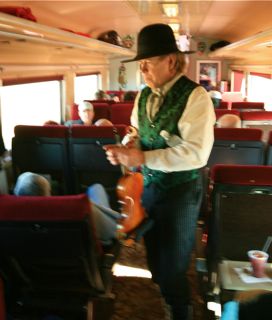


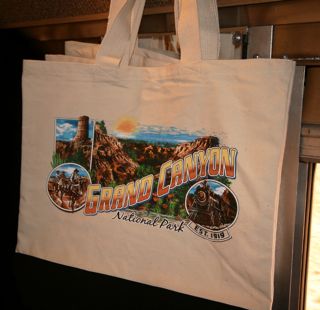
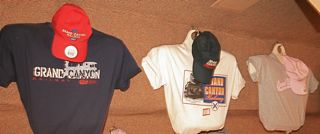
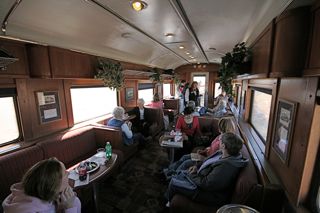
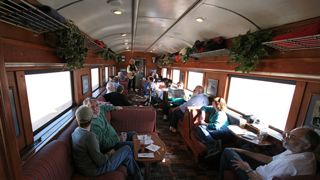
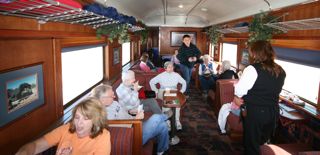

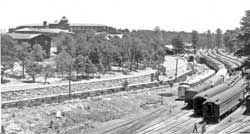 The northern terminus of the
line resides in Grand Canyon National Park. Constructed in 1909-1910,
Grand Canyon DepotGrand Canyon Depot is part of the Grand Canyon
National Park Historic District and is a National Historic Landmark.
Designed by architect Francis W. Wilson of Santa Barbara, Calif., the
log and wood-frame structure is two stories high. Originally, the
downstairs was designated for station facilities and the upstairs was
inhabited by the station agent’s family. Today, the first floor is used
for railway passenger services. The building is one of approximately 14
log depots known to have been constructed in the United States, and one
of only three remaining. Of the three, the Grand Canyon Depot is the
only one in which logs were used as the primary structural material and
which still serves an operating railroad. The Depot’s logs are squared
on three sides creating bearing surfaces, flat interior surfaces and a
rustic exterior appearance. Just beyond the depot is the El Tovar
Hotel, built in 1905 by the railroad. The El Tovar is the signature
hotel along the rim. The railroad built the depot five years after the
hotel and placed it conveniently close for the rail passengers.
The northern terminus of the
line resides in Grand Canyon National Park. Constructed in 1909-1910,
Grand Canyon DepotGrand Canyon Depot is part of the Grand Canyon
National Park Historic District and is a National Historic Landmark.
Designed by architect Francis W. Wilson of Santa Barbara, Calif., the
log and wood-frame structure is two stories high. Originally, the
downstairs was designated for station facilities and the upstairs was
inhabited by the station agent’s family. Today, the first floor is used
for railway passenger services. The building is one of approximately 14
log depots known to have been constructed in the United States, and one
of only three remaining. Of the three, the Grand Canyon Depot is the
only one in which logs were used as the primary structural material and
which still serves an operating railroad. The Depot’s logs are squared
on three sides creating bearing surfaces, flat interior surfaces and a
rustic exterior appearance. Just beyond the depot is the El Tovar
Hotel, built in 1905 by the railroad. The El Tovar is the signature
hotel along the rim. The railroad built the depot five years after the
hotel and placed it conveniently close for the rail passengers.